Badges of honour: the meaning behind six Italian car logos
Stephen Bayley says that Italian carmakers display their pride on their shields
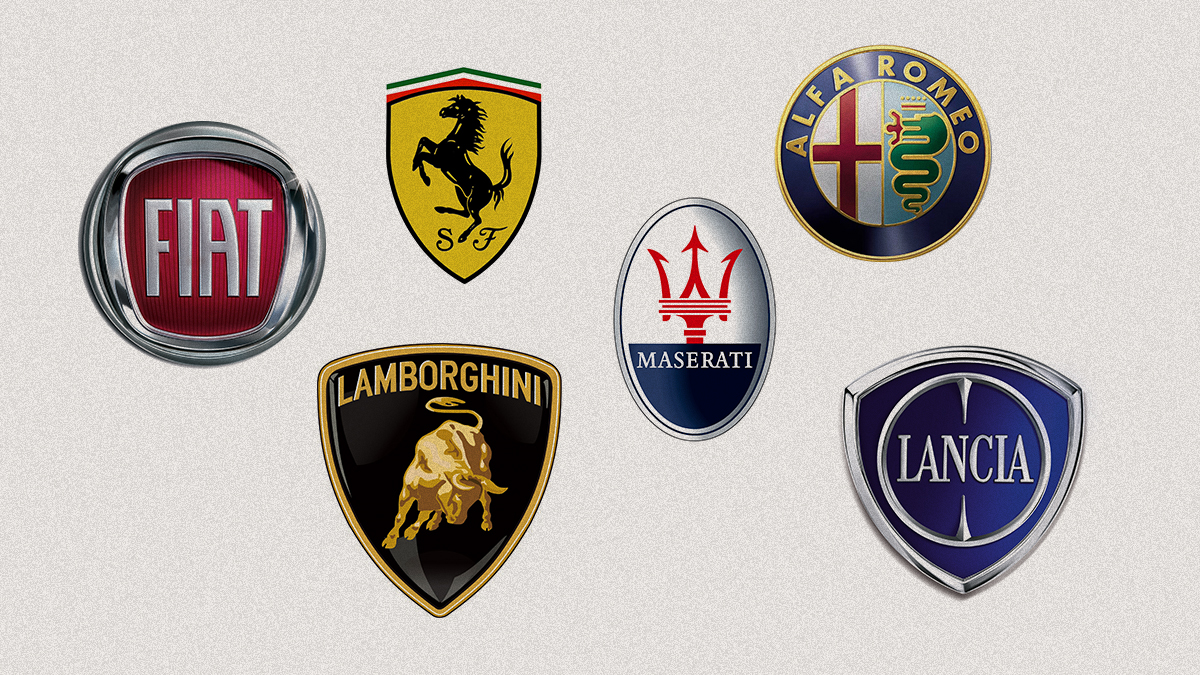
Long before the annoying logo infected our handbags and our trousers, there was the car badge. Here was a perfect miniature exercise in the discipline of graphic design: within a modest space, a world of meaning had to be effectively and economically conveyed. Word and image must work as one; there is not the luxury of space. A set of values needs to be presented unambiguously, but with arresting style. Italian manufacturers have some of the best: they call them scudetti. These ‘little shields’ are a sort of contemporary survival of medieval heraldry. And pride in the marque is as fierce as for the old city states.
ALFA ROMEO
This glorious name is a happy accident: in 1915 the mining engineer Nicola Romeo bought Milan’s Anonima Lombardi Fabbrica Automobili (‘Lombard car factory’) and an industrial romance was begun. The Alfa badge makes specific reference to local history and urban pride: the Christian red cross was carried by the Lombard Brigade in the First Crusade and the biscione, or grass snake (swallowing its mythic victim) was used by both the Sforza and Visconti families. The Alfa badge is Milan’s coat-of-arms, though the word ‘Milano’ was unromantically dropped in 1971 when production of the Alfasud began in southern Italy.
The Week
Escape your echo chamber. Get the facts behind the news, plus analysis from multiple perspectives.

Sign up for The Week's Free Newsletters
From our morning news briefing to a weekly Good News Newsletter, get the best of The Week delivered directly to your inbox.
From our morning news briefing to a weekly Good News Newsletter, get the best of The Week delivered directly to your inbox.
LAMBORGHINI
The first Lamborghini appeared in 1962, a challenge to Ferrari from a firm that hitherto made only agricultural tractors and industrial heating equipment. A ferocious fighting bull was chosen in deliberate contrast to Ferrari’s elegant stallion. Lamborghini maintains the taurine associations in its naming strategy: the Gallardo is a breed of fighting bull and the classic Miura of 1966 was named after the Spanish breeder.
MASERATI
Maserati’s trident belongs to Neptune. Specifically, to Giambologna’s 1567 masterpiece, the Fontana del Nettuno in Bologna. The fountain also includes splendid lactating nereids, but the Maserati brothers clearly felt that the aggressive trident was a more suitable symbol for their racing cars than spouting nymphs. Originally, Maserati made cars only for the track, but when production of fast, luxury GTs began in 1946, the trident badge remained.
A free daily email with the biggest news stories of the day – and the best features from TheWeek.com
FERRARI
The name means humble metalworker or ‘smith’, but the Ferrari badge is more aristocratic. Enzo Ferrari once managed the Alfa-Romeo racing team. In 1932 the Contessa Baracca persuaded him to use as a badge the cavallino rampante (prancing horse), which had been painted on the side of her late son’s Spad XIII fighter plane (in Italy, cavalry officers were the first generation of fighter pilots). Ferrari agreed. And when in 1947 the first car appeared with the Ferrari name, the cavallino rampante was its badge. Ferrari put the horse on a yellow shield because, he said, it was the colour of Modena. Later, an attenuated version of the Italian tricolore was added.
FIAT
Fiat is the acronym of Fabbrica Italiana Automobili Torino, Italy’s first car company. Early badges included a factory scene, since Fiat is uniquely identified with the Italian industrial revolution. The purely typographic badge is a design classic: its distinctive crooked ‘A’ appeared in 1901 and survived until the 1960s when, in a fit of modernismo, the four letters were presented on a blue ground in a thin chrome rhomboid. In 1983 the product designer Mario Bellini reduced all the evocative meanings of Fiat to five chrome slashes. But with the relaunch of the Fiat 500, there was a return to the traditional lettering, albeit now on red.
LANCIA
Vincenzo Lancia was in the circle of Fiat boss Giovanni Agnelli and the aristocratic pioneers of the Italian car industry, including industrial designer Carlo Biscaretti di Ruffia, who created his badge. Originally, a flag bearing the Lancia name hung off a punning ‘lance’ against the background of a steering wheel. The wheel was dropped in 1957, but returned in 1979 when the last authentic Lancia, Giorgietto Giugiaro’s Delta, was launched.
-
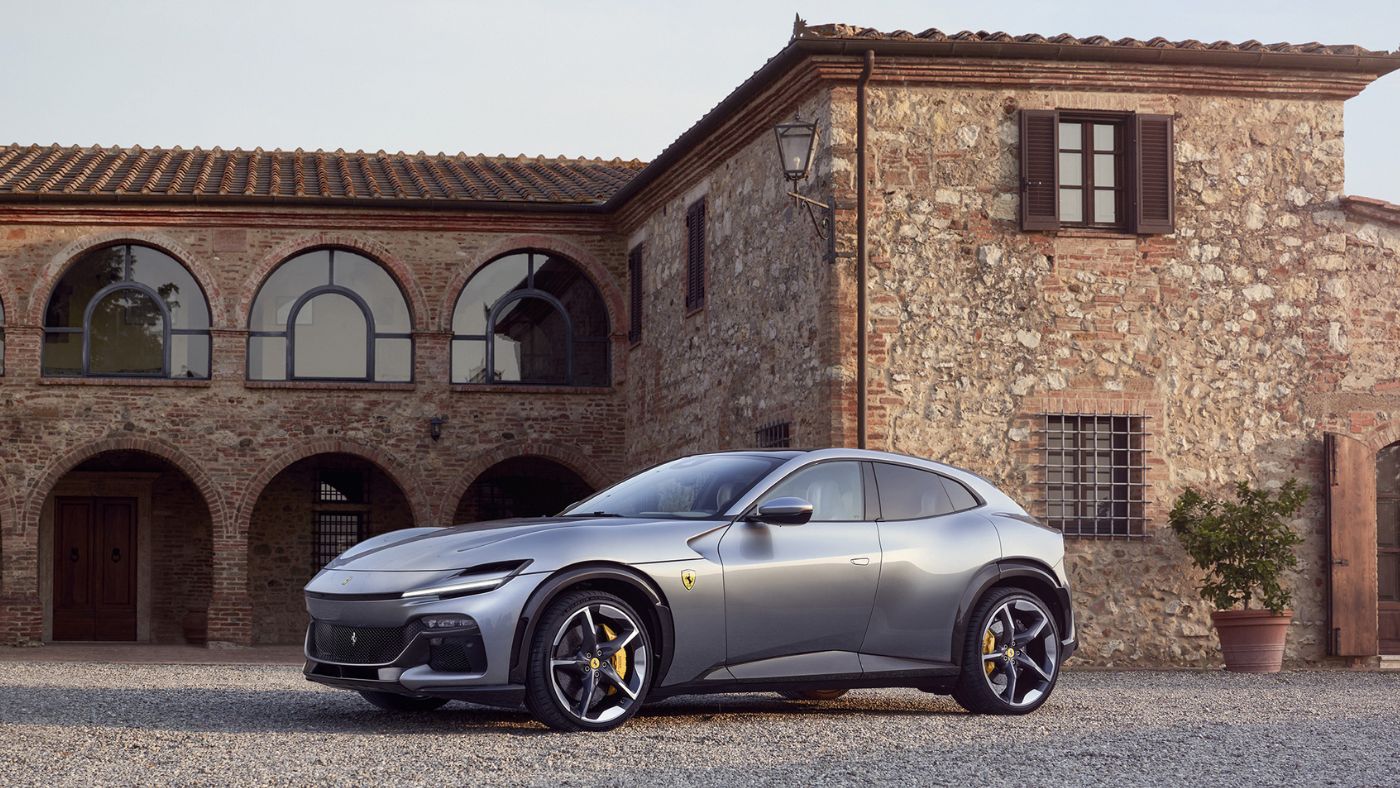 Ferrari Purosangue review: what the car critics say
Ferrari Purosangue review: what the car critics sayfeature There is ‘nothing else’ on the market quite like Ferrari’s first four-seat, four-door model
-
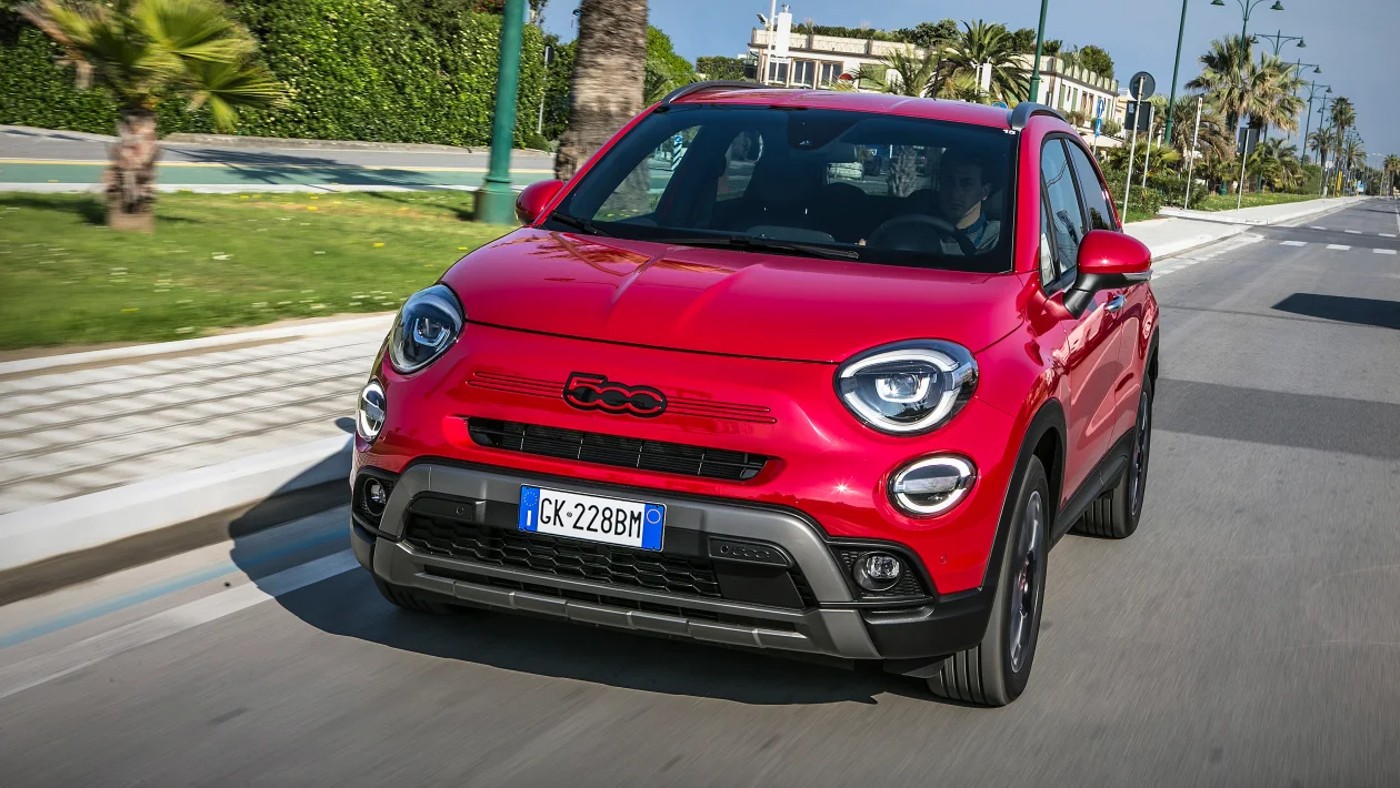 Fiat 500X Hybrid review: what the car critics say
Fiat 500X Hybrid review: what the car critics sayfeature Fiat has given the 500X an injection of battery power
-
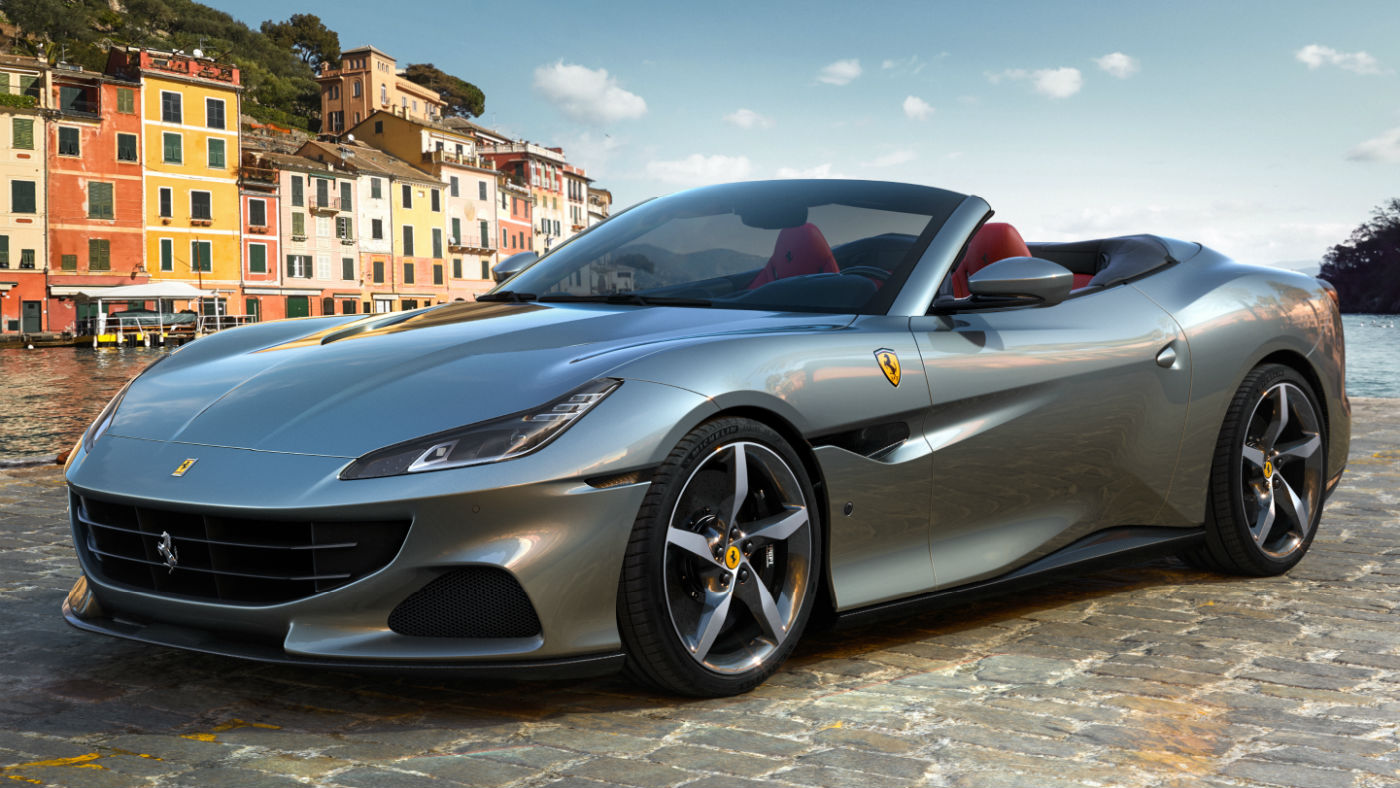 Ferrari Portofino M: a fresh start for the Prancing Horse
Ferrari Portofino M: a fresh start for the Prancing HorseSpeed Read The upgraded drop-top GT is sportier than its predecessor, with more power and a new gearbox
-
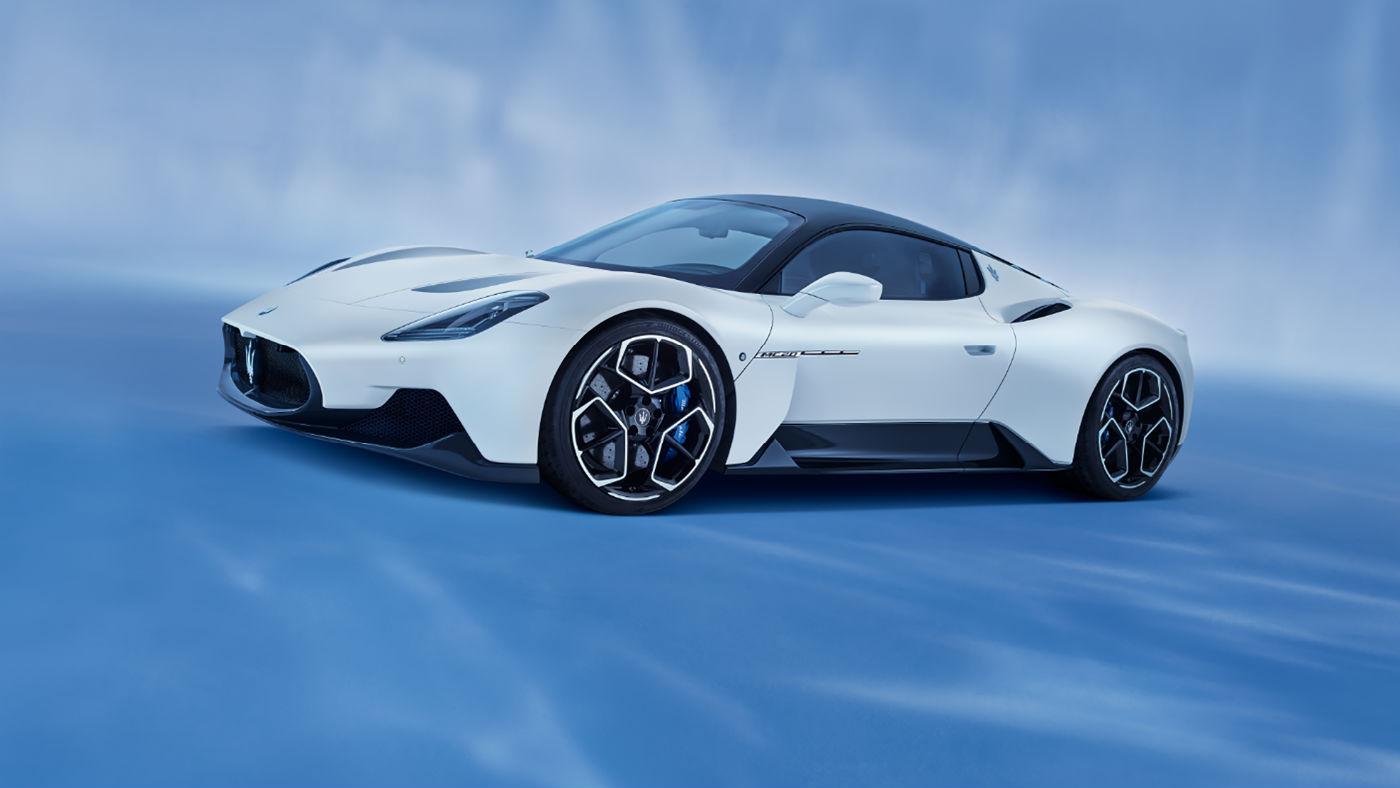 Maserati MC20: new era is launched with a super sports car ‘100% made in Italy’
Maserati MC20: new era is launched with a super sports car ‘100% made in Italy’Speed Read Successor to the MC12 has a top speed of 202mph and will cost around £187,230
-
 SF90 Stradale: Ferrari’s stunning new hybrid
SF90 Stradale: Ferrari’s stunning new hybridSpeed Read It’s hardly the greenest car on the road, but it’s still the reddest in tooth and claw
-
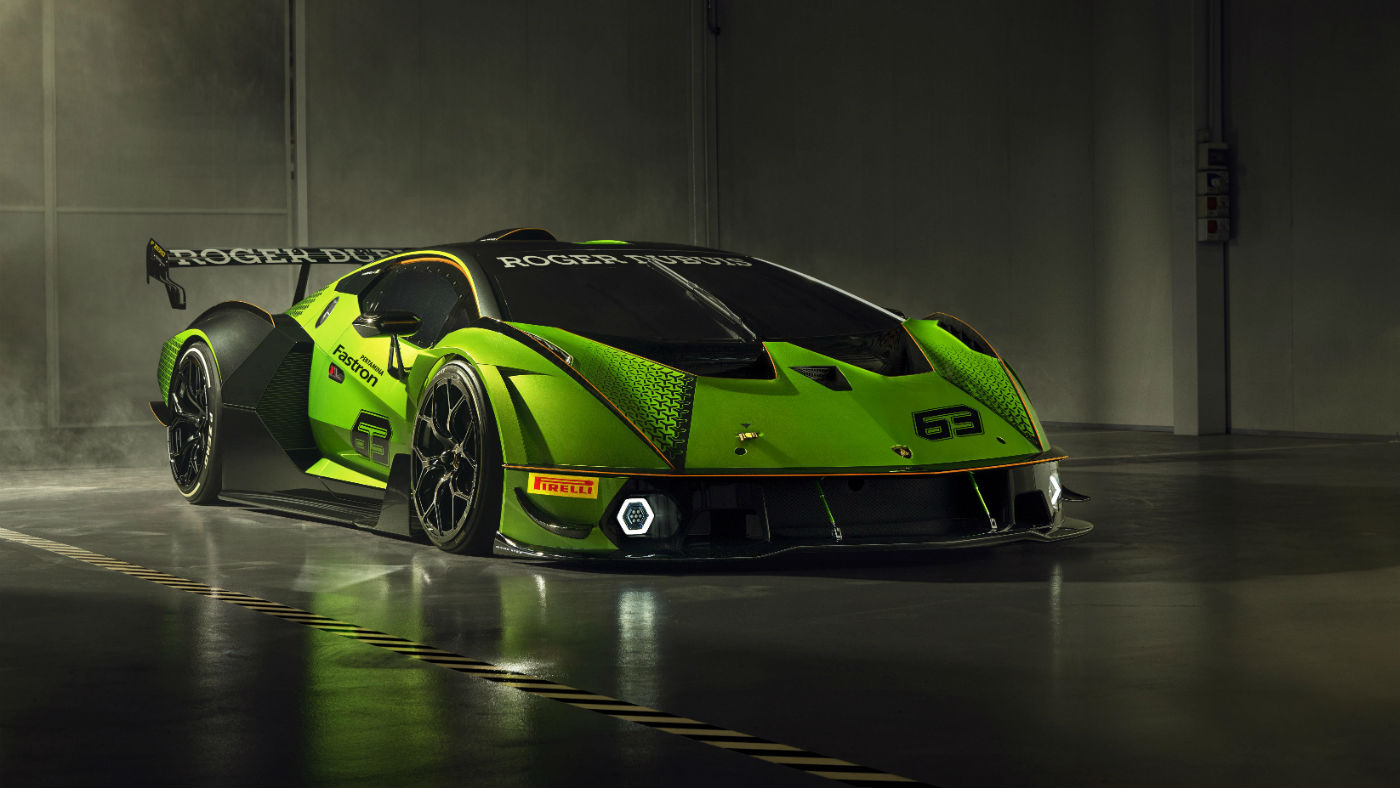 Lamborghini Essenza SCV12: stay off the road, this hypercar is purely for the track
Lamborghini Essenza SCV12: stay off the road, this hypercar is purely for the trackSpeed Read With a reported price of around £2.7m only 40 models will be available
-
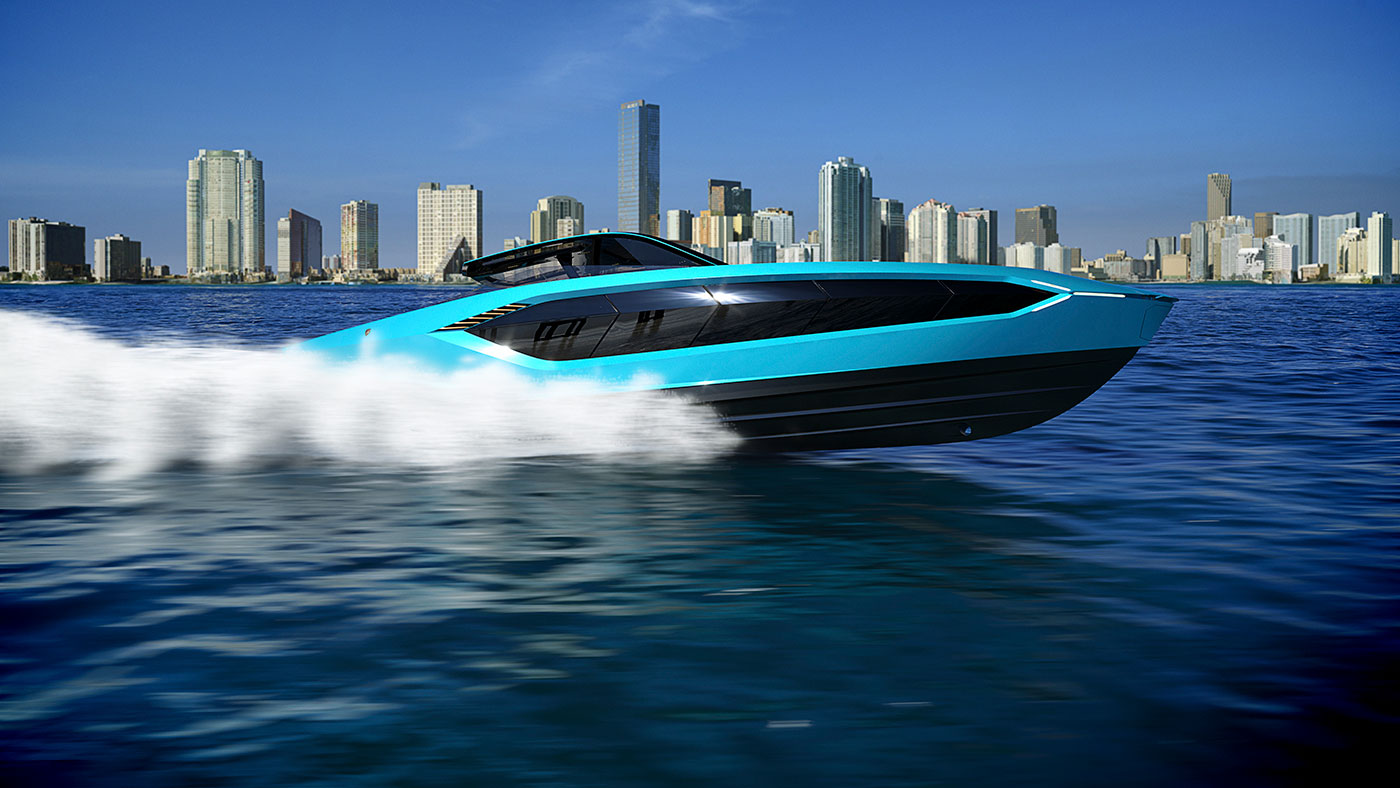 Review: Lamborghini takes to the seas
Review: Lamborghini takes to the seasSpeed Read The supercar maker has created an incredible new yacht for 63 lucky customers
-
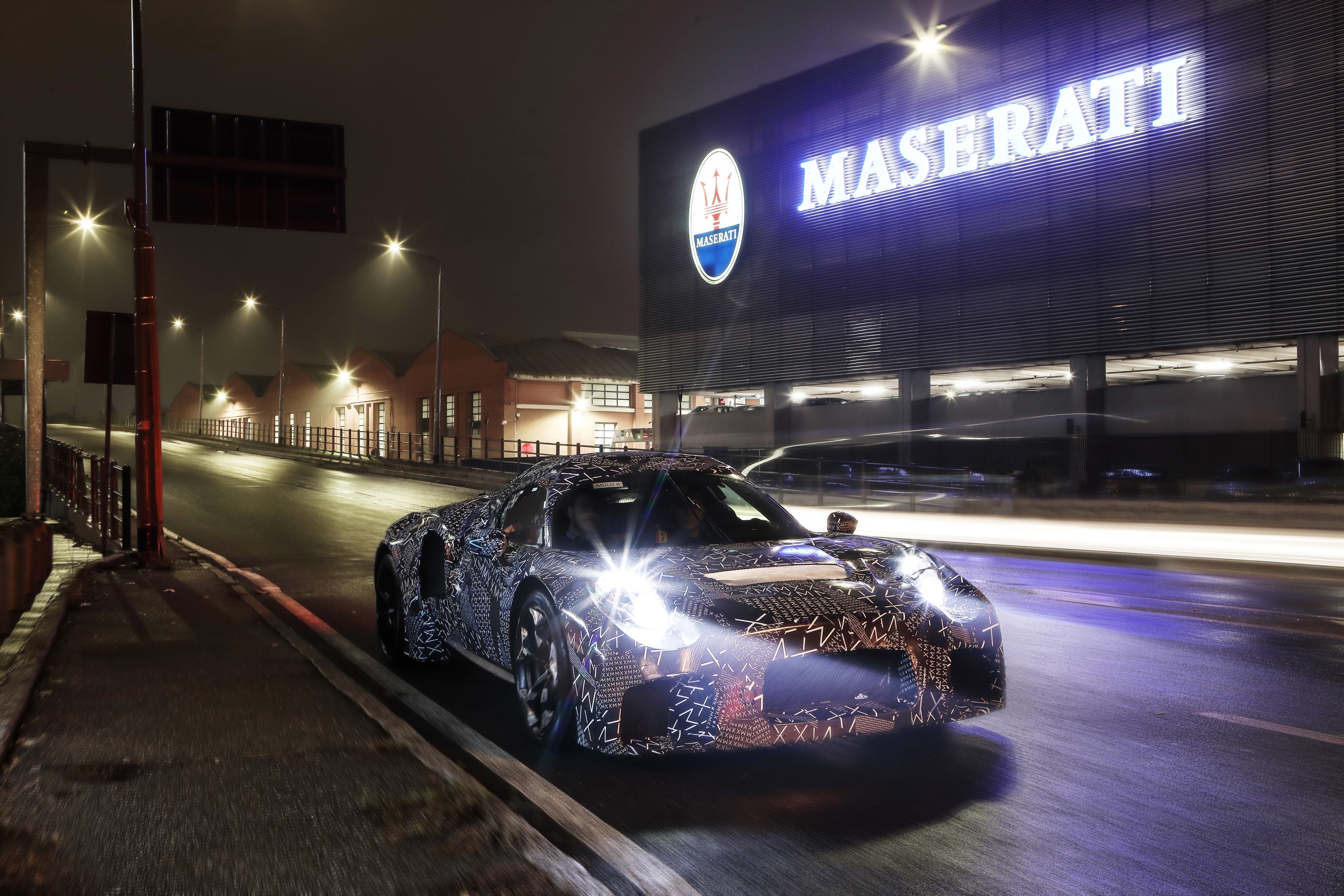 Maserati Alfieri 2020: official spy shots, specs, price and release
Maserati Alfieri 2020: official spy shots, specs, price and releaseIn Depth Test mule based on an Alfa Romeo 4C previews rumoured new hybrid engine


